|
*Note: this post contains Amazon Affiliate links. Any purchases made via the links provided go to support our literacy efforts.
ABC’s and 123’s. The first lessons of childhood. In our experience it seems that children grasp the concept of numbers more quickly than letters. Perhaps it’s because when children are young, parents offer two cookies, one banana, or we get a dozen donuts at the apple orchard and visual counting is as easy as looking at their fingers. But it’s important to continue to develop these skills as number skills are just as valuable as learning to read.
The definition of a number is a mathematical object used to count, measure and label. Counting, measuring and labeling are things that are done almost on a daily basis making number skills very valuable. Math is a concept that builds on itself therefore a strong foundation is needed in order for children to make the necessary connections in order to succeed, so starting early with numbers; reading number books, playing number games and finding opportunities for using math concepts will ensure that your child will embrace numbers with ease.
Beginning math for youngsters starts with shapes, identifying and counting number of sides. Visual aids are best when teaching math skills for most children are visual learners. Use snacks as math manipulatives to keep children engaged and more eager to participate. Snacks can be used to count, sort, create patterns and learn about measurement, size and weight. For instance, think about the many ways you can use something as simple as a box of Fruit Loops cereal to teach math. Children can count, create shapes, and patterns, string them to measure length etc. Square crackers such as Cheez-it’s can be used for counting, multiplying and to teach area and perimeter; gum drops or marshmallows and toothpicks can create geometric shapes. Also consider playing with dice, cards or dominos and also using any manipulatives you can count like marbles, buttons, beads etc. Use a chalkboard or whiteboard so children can practice writing their numbers as well as showing them visually how to add, subtract, multiply and divide numbers getting them familiar with mathematical symbols.
To bring numbers into your daily life:
Opportunities to engage with numbers are everywhere, you just need to seize the moment. Count the seeds as you plant them in the dirt, count the pepperoni as you put it on the pizza, count the number of people at the dinner table and figure out how to divide the pie. If you plan on taking a summer vacation, help children to figure out how many miles to go and how long it will take to get there. Life is filled with numbers. Use them to learn them!
Some number books we love:
For more number and math related books, take a look at our Number Books list!
Usborne Books & More
*You could earn these UBAM books for FREE by hosting a book party! Think of it as a Tupperware or Pampered Chef party...but for books! Learn more here.*
Happy counting and reading!
-Kate @ BTBL Author
We are three generations that seek a way to get back to basics. It’s not that we eschew technology, but sometimes simpler is better, especially in raising our children. Mom was a reading teacher, Amanda is an early childhood educator and Kate a children’s literature specialist and former school librarian along with the latest additions, a daughter (now 4) for Kate, and two sons (now 1 and a newborn) for Amanda. We advocate reading aloud, the simple toys that use imagination and encourage creativity and learning in the kitchen, which can be a fun mess but also teaches life skills. Join us in raising healthy, happy, inquisitive and intelligent children.
0 Comments
*Note: this post contains Amazon Affiliate links. Any purchases made via the links provided go to support our literacy efforts.
The humble pea has never seemed to be a child’s vegetable of choice but when it comes to The Peas Series by Keith Baker, peas stand out in a big way and are adored, complete with rhythmic text and humorous illustrations filled with engaging details.
These are not identical peas in a pod. No, these little green peas are unique and have diverse interests, hobbies and jobs. Their distinctness is highlighted in a colorful animated way as they roll through the alphabet. Not only do they take a child on a fun exploration of the ABC’s in LMNO Peas, they are also featured in a book of numbers (1-2-3 Peas), colors (Little Green Peas) and months (Hap-pea All Year). LMNO Pea-quel finds the little green peas bouncing through the lowercase letters with new jobs, activities, hobbies and roles. Though the series is simple and appeals to the younger crowd, older children might find their humor appealing and the books can be used to further build and expand skills. Again, if you don’t have the books, check on YouTube for a read aloud.
When we looked up LMNO Peas activities online, the first entry was worksheets. Not an activity we wanted to start with so we came up with our own. Here is a list of some of our ideas to use with Baker’s books to have fun and build skills:
With literacy and math scores being such a concern, especially in Michigan, and with the coronavirus making the school year so short, it never hurts to play letter and number games, making their learning fun. The more you work with something, the better it will be absorbed and working with letters and their sounds will only enhance literacy skills. Reading books aloud to your child leads to better concentration, an increased attention span, greater empathy, increased vocabulary and background knowledge that can be drawn upon when needed. A total win-win situation. So, get out those magnetic letters, foamy letters and letter tiles or make them yourself and see how many imaginative ways you can use them to increase your child’s literacy skills.
Happy reading and learning!
-Kate @ BTBL Author
We are three generations that seek a way to get back to basics. It’s not that we eschew technology, but sometimes simpler is better, especially in raising our children. Mom was a reading teacher, Amanda is an early childhood educator and Kate a children’s literature specialist and former school librarian along with the latest additions, a daughter (now 4) for Kate, and two sons (now 1 and a newborn) for Amanda. We advocate reading aloud, the simple toys that use imagination and encourage creativity and learning in the kitchen, which can be a fun mess but also teaches life skills. Join us in raising healthy, happy, inquisitive and intelligent children.
*Note: this post contains Amazon Affiliate links. Any purchases made via the links provided go to support our literacy efforts!
Letters make words, words make sentences, sentences make paragraphs,
|
AuthorWe are mom Sandra and daughters Amanda and Kate, all with backgrounds in literacy and education, who want to share our philosophy of taking the basics of life; books, simple toys that encourage play, imagination and creativity, and using cooking and baking to teach math and real life skills to raise happy, inquisitive children. Join us in exploring the old and the new and sifting through the myriad of research to consider what is best for our children. Archives
June 2022
Categories
All
|
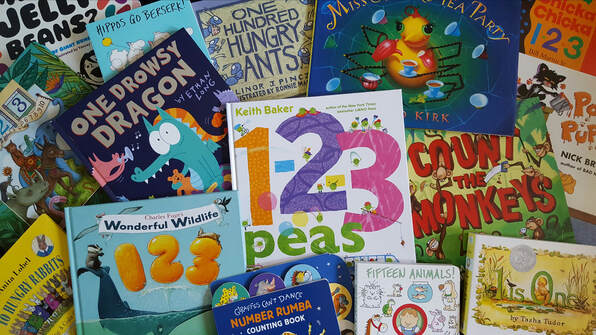
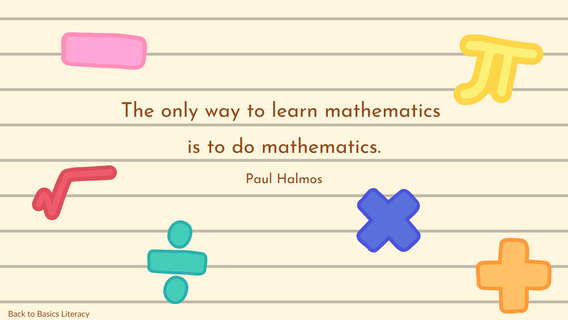
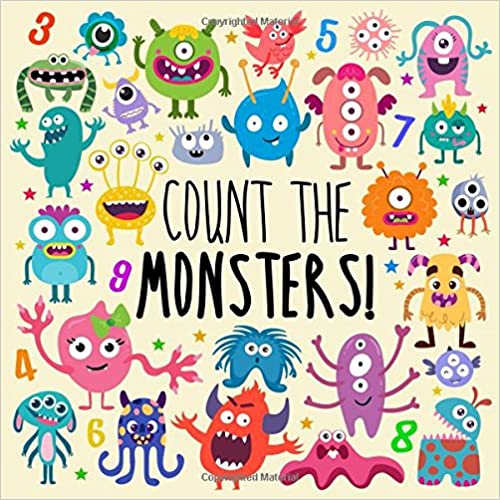
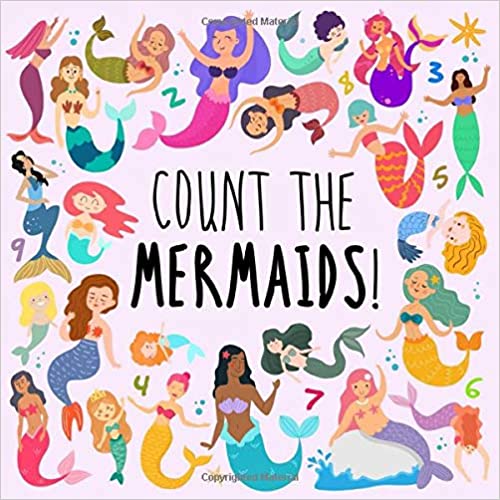
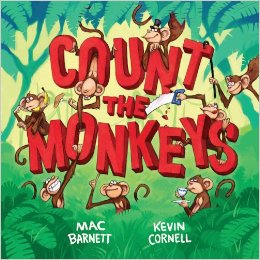
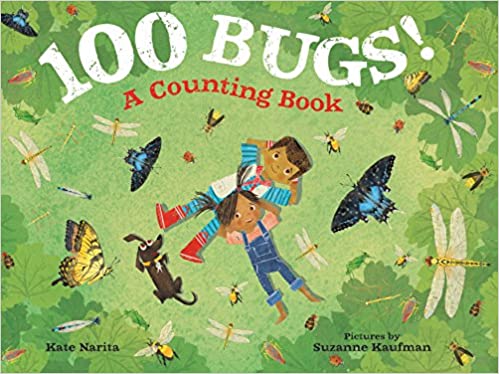
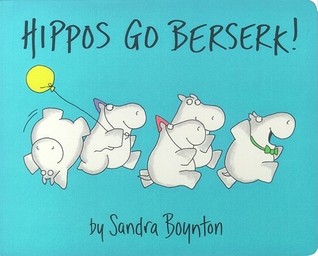
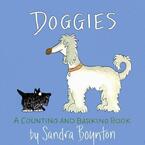
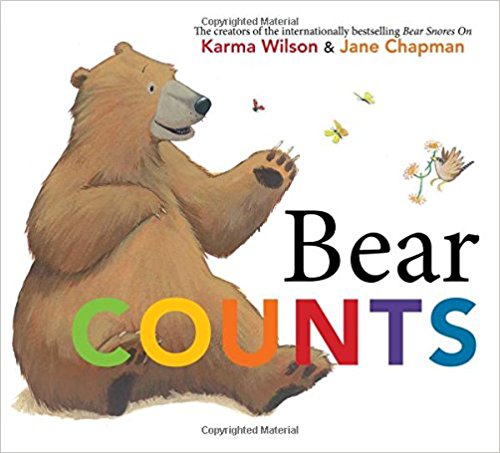
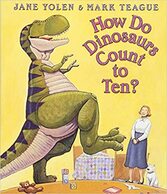
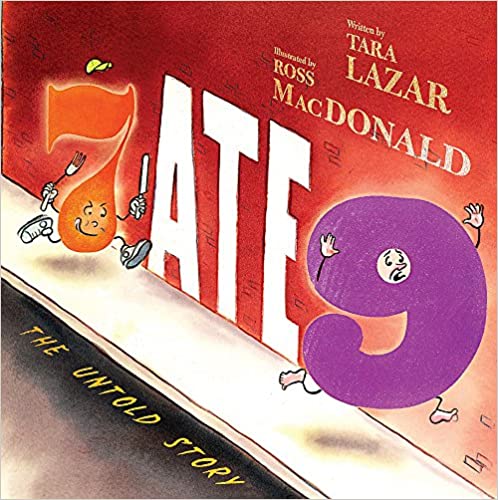
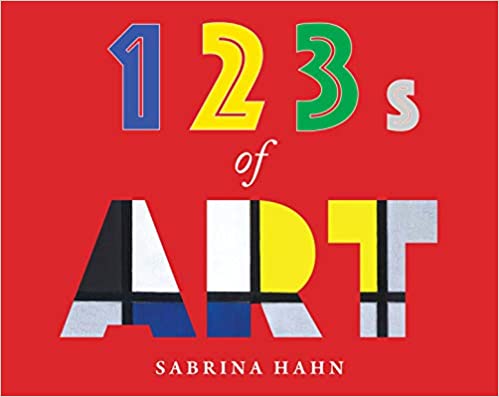
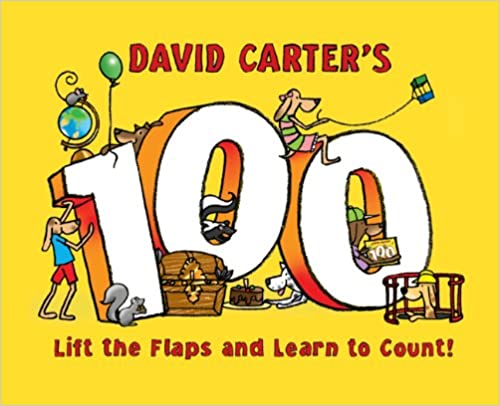
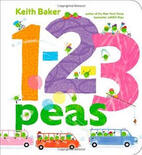
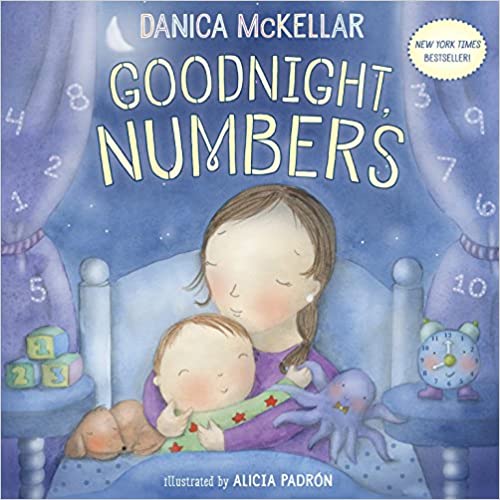
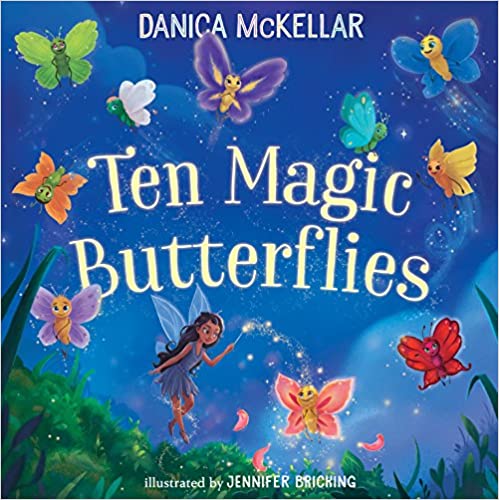
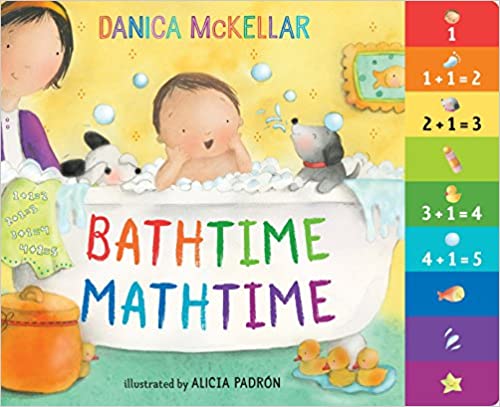
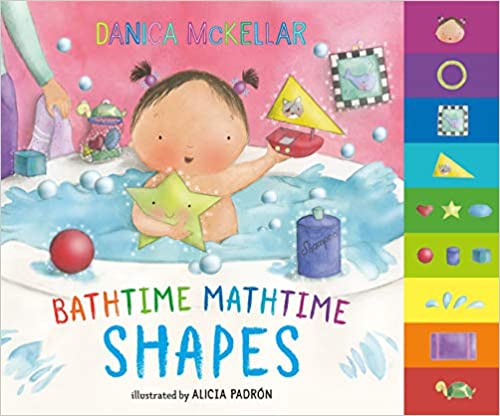
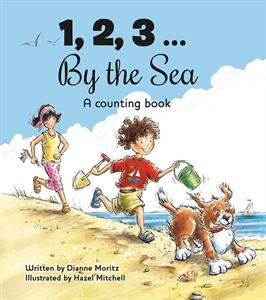
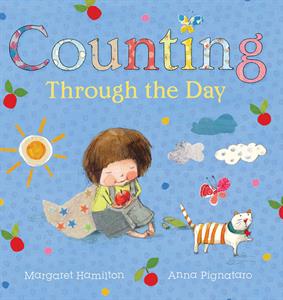
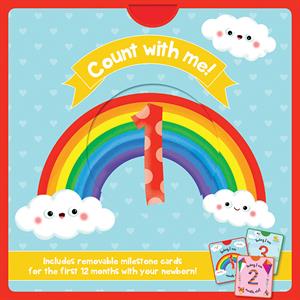
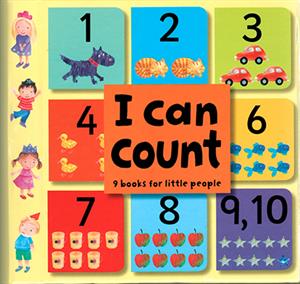
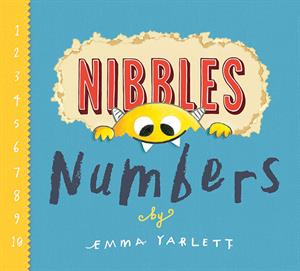
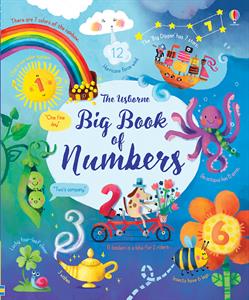
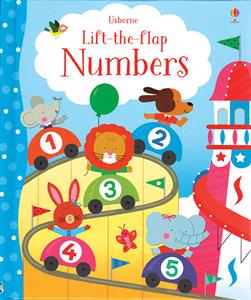
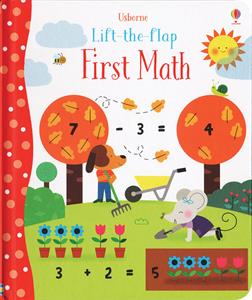
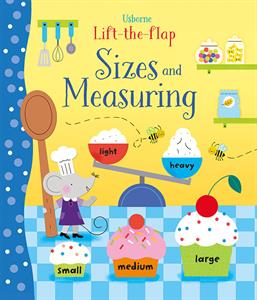
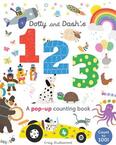
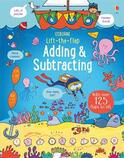
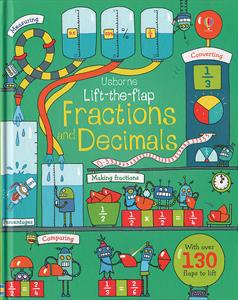
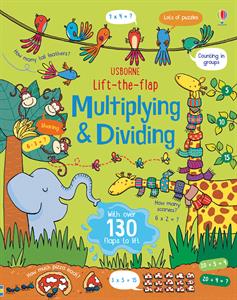
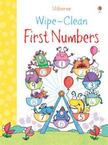
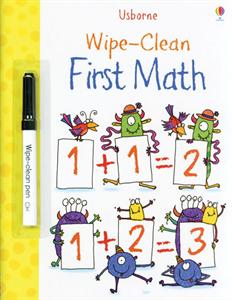
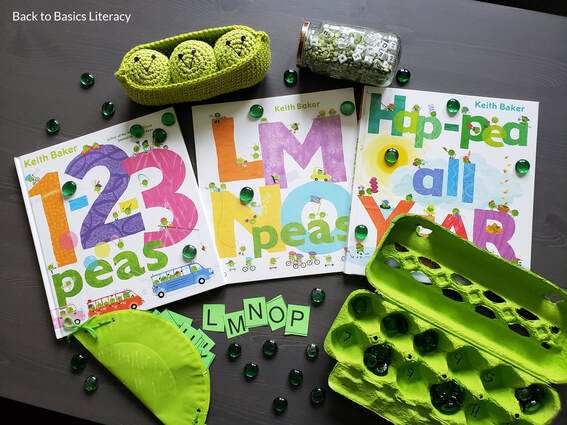
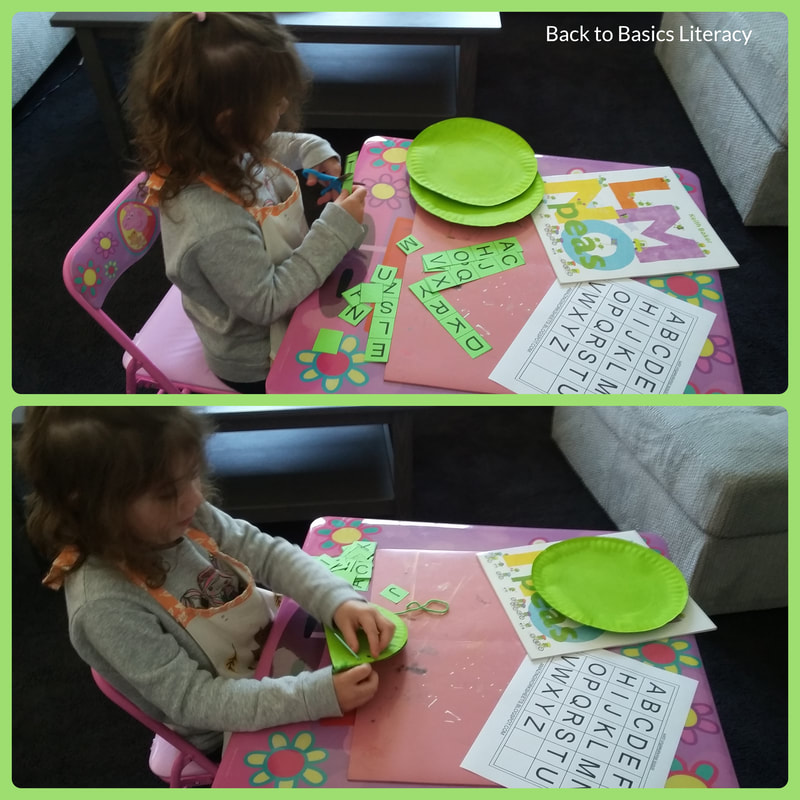
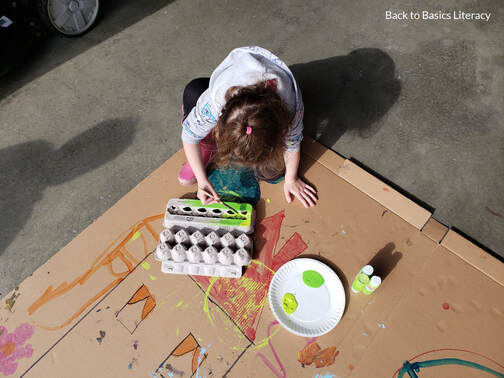
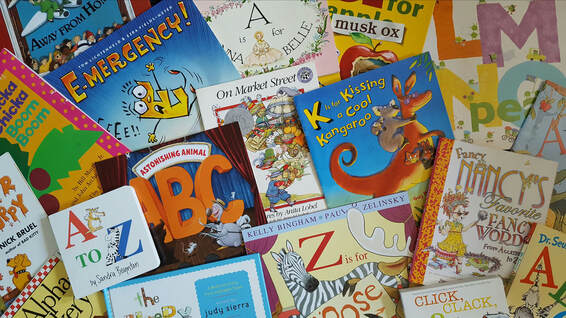
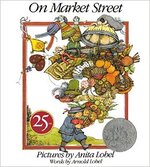
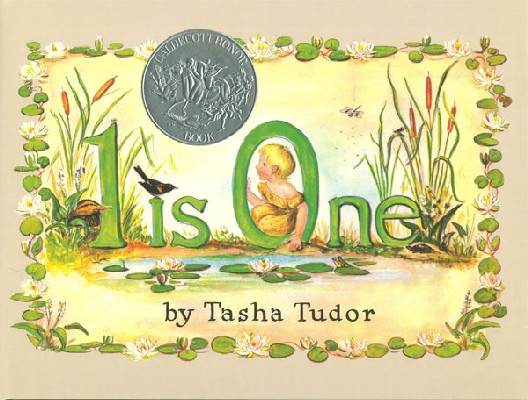
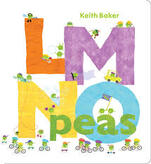
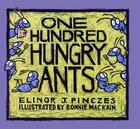
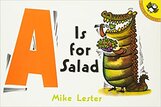
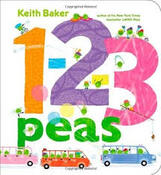
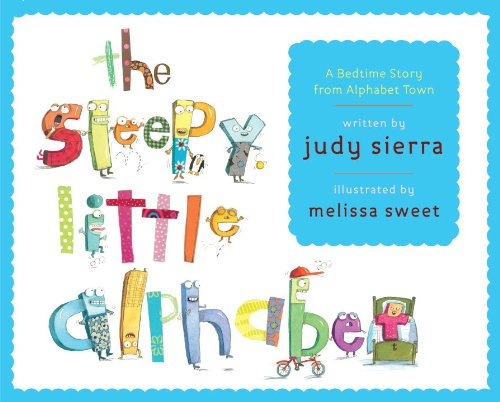
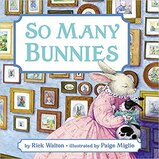
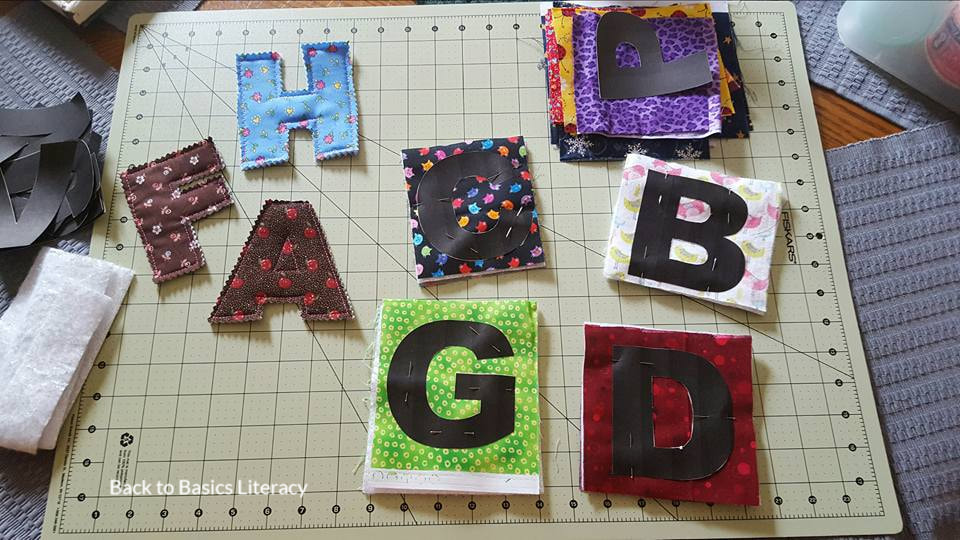
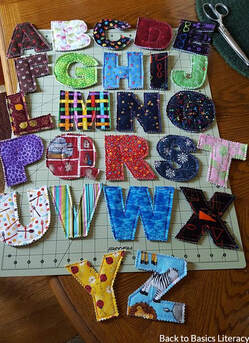
 RSS Feed
RSS Feed